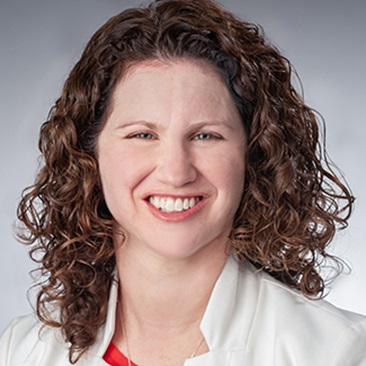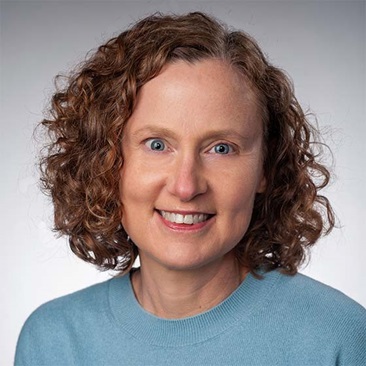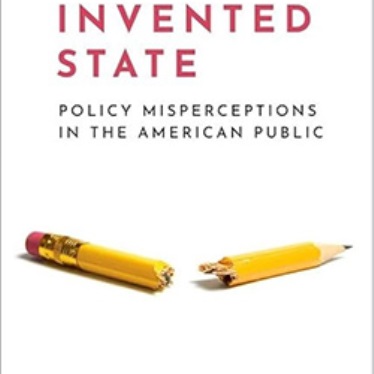Syracuse, An All-Comers Kind of City
October 26, 2020
Related:
From Maxwell Perspective...

Overview| Development | Government | Race and Politics | Housing | Health Care
Nonprofits and Charity | Sidebars | Maxwell and Syracuse
An All-Comers Kind of City
While Syracuse certainly has its share of urban and municipal problems, what people like about the city is its size and diverse, accepting culture.

(photos: Chuck Wainwright)
Bea González ’04 MA (PA) traces her roots in Syracuse back to 1952, when her father, a migrant worker, got off the bus in downtown Syracuse, walked to the Hotel Syracuse, and found a job in the kitchen — and soon brought his extended family to join him. “My parents were hillbillies from Puerto Rico,” says González, a former president of Syracuse’s Common Council who serves as dean of SU’s University College. “They tried New York City, and it wasn’t for them, and North Carolina wasn’t a viable option for a multiracial couple in 1952. So they intentionally picked this community as where they would go to raise their family.”
Almost 50 years later, González sees the same kinds of stories unfolding in the city, as newcomers from Cuba, Sudan, and other points around the globe settle in Syracuse with the help of nonprofit and church groups that have made the city a longstanding center for refugee resettlement. “The strength of Syracuse,” she says, “is that people can come here with nothing and make a life.”
A key reason why these new arrivals are able to gain a foothold is the city’s manageable size — about 145,000 residents in the city and 750,000 in the four-county Syracuse area — coupled with the low cost of living. “We’re a small enough city,” says organizational management consultant Judy Mower ’80 MA (SPsy)/’84 PhD (SPsy), “where people can build webs of relationships up and down the economic and social strata, and sideways from group to group.” Within Syracuse’s community organizations, she adds, “Nobody’s turned down or turned away from some volunteer effort because they don’t rank highly enough or they don’t have enough money to donate. We’re an all-comers kind of city.”
When people talk about what brought them to Syracuse or what keeps them here, the city’s size and accessibility is a recurrent theme. Vince Cama ’81 PhD (Soc), who originally came to Syracuse for graduate studies, grew up in the New York City metropolitan area and watched his father commute an hour and a half each way every day. Cama worked for a decade in Syracuse city government coordinating federal and state aid, and then stayed in the community to co-found KS&R, a market-research company that works with Fortune 500 companies around the world. “The fact that I can walk to work in 20 minutes,” he says, “is a quality of life that you’re rarely going to find.”
Central New York, Cama adds, offers a kind of middle ground not only geographically but culturally. “It’s an environment that has a lot of the better aspects of the Midwest yet a lot of the better intellectual components of being an Eastern city. To me, it’s a perfect blend.”
George Kilpatrick ’95 MA (PA), a veteran anchor and producer for public TV station WCNY, is another New York City area native who appreciates the active yet low-key atmosphere of Syracuse. He points to the area’s remarkable proximity of urban, suburban, and rural environments. “That’s a blessing and a curse,” Kilpatrick says. “You can get the kind of life you want and easy commutes. The flip side is, obviously, you can’t have everybody deciding to move to the suburbs or the country, because you are affecting the tax base in the city proper and that creates an educational disparity. That’s what I see as one of the biggest issues that requires serious attention and action.”
“The strength of Syracuse is that people can come here with nothing and make a life.”
That educational disparity between the city and the suburbs — seen in so many metropolitan areas across the U.S. — has only grown more pronounced as Syracuse’s industrial base and center-city population shrank over the last 40 years. Though new census figures suggest that the city’s population has finally stabilized, and growth in educational and medical institutions has partly made up for the loss of factory jobs, Syracuse still contends with widespread vacant and dilapidated buildings, neighborhoods that rank among the poorest in the nation, and development projects that fail to get off the ground for lack of funding. Addressing these chronic problems is an especially tall order right now with cutbacks in state and federal funding.
Given the magnitude and persistence of these challenges, what’s particularly striking is how much optimism is emerging in a community that’s not typically self confident — in the words of Judy Mower, “We’re the little engine that almost can.” From economic development to housing to social services, Syracuse is in a period of reinvention, thanks especially to new leadership nearly across the board from city and county government to business, nonprofits, colleges, universities, and hospitals. “The stars have finally aligned in Syracuse,” says Jonnell Allen Robinson, who contributes to many civic projects in her work as community geographer, under the auspices of Maxwell’s geography department. “We have good leadership in multiple areas and they all work together well.”
And just as Syracuse has proven to be an accessible place for generations of newcomers to establish themselves, so too does the community welcome those who want to get involved in tackling its intractable problems. A case in point is David Van Arsdale ’03 PhD (SSc), originally from rural Oswego County, who first became aware of Syracuse’s struggles with poverty as a teenager, playing street basketball in city parks and then working in halfway houses and homeless shelters. Van Arsdale recently left a tenure-track position at Hartwick College to teach sociology at Onondaga Community College, where his students include growing numbers of refugees. He is now working with OCC and Syracuse’s Say Yes to Education program to develop a summer bridge program aimed at preparing city school graduates to succeed (and stay) in college.
“This is a place,” says Van Arsdale, “where you can speak your mind and people are open to it.”
—Jeffrey Pepper Rodgers
Jeffrey Pepper Rodgers is a contributor to National Public Radio’s All Things Considered and the author, most recently, of The Complete Singer-Songwriter.
This article appeared in the spring 2011 print edition of Maxwell Perspective; © 2011 Maxwell School of Syracuse University. To request a copy, e-mail dlcooke@maxwell.syr.edu.
Related News
Commentary

Apr 17, 2024
Commentary

Apr 5, 2024
Commentary

Mar 26, 2024
Research

Mar 26, 2024